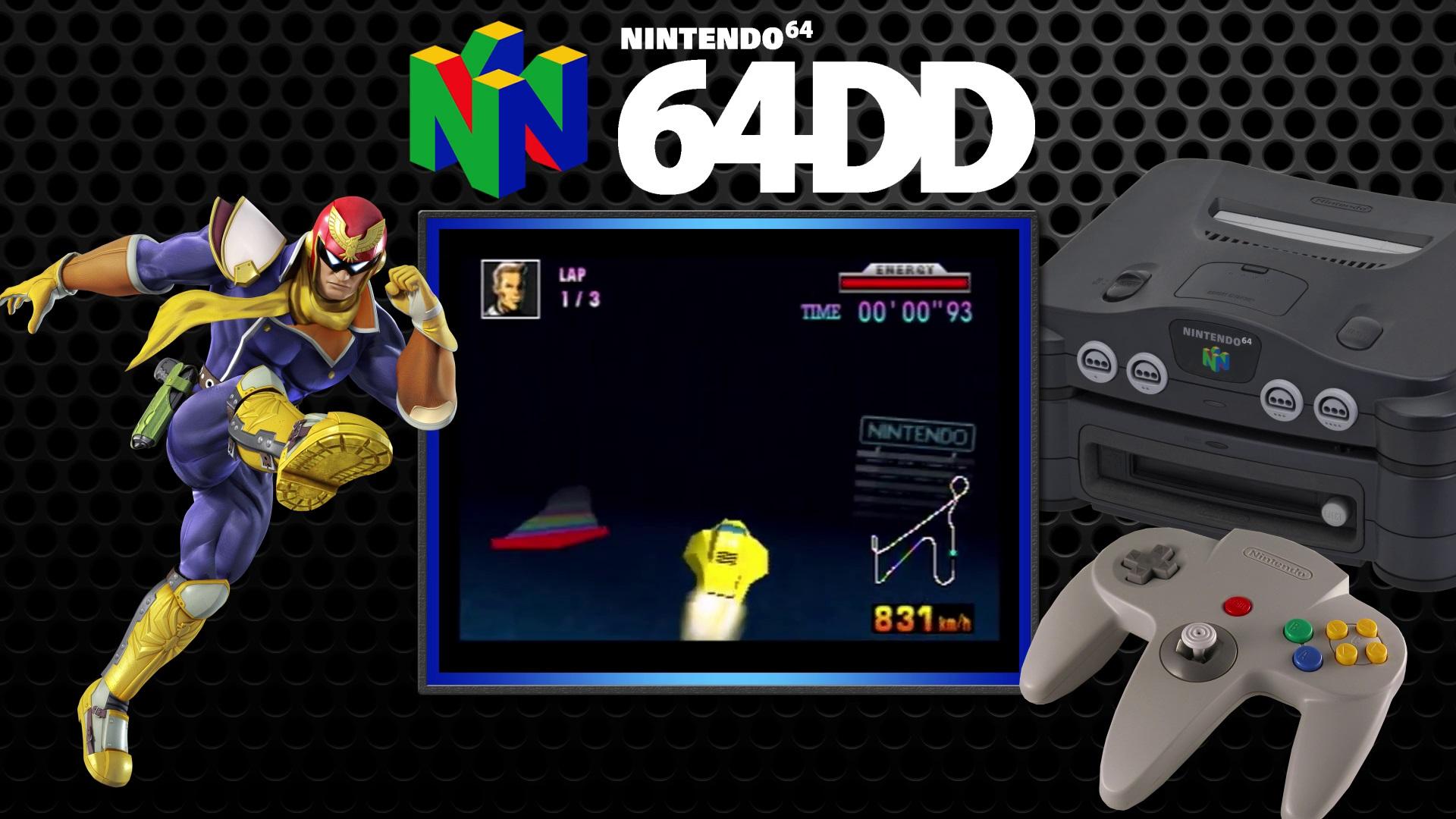Nintendo Failures – When Hardware Goes Wrong
Nintendo hardware is great, no doubt. This is the company that has brought us such incredible innovations as the Wii controllers, dominated the handheld market with both the Gameboy and the DS, and practically single-handedly rebooted interest in consoles after Atari went so wrong when it introduced the NES to America.
But being this good isn’t a magic formula, it only occurs because there’s there’s a willingness to push the boundaries of what’s being done and, if you push boundaries, every so often you fall off…
So what are Nintendo’s worst ever hardware failures? Here at Ultimate Gaming Paradise, we thought we’d take a look.
5 – R.O.B.
This first one is a little bit of a cheat, because ROB – the Robot Operating Buddy – wasn’t a failure. It was a huge success. The thing is, what it was a success in, wasn’t immediately obvious. If you look at ROB as being a robot peripheral for the NES, that would come with some great fun games and encourage people to buy ROBs, then it was a failure.
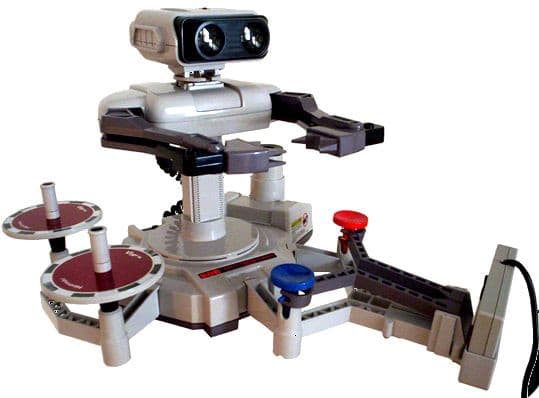
If you look at ROB for its real use – which was to convince the nervous entertainment market of the USA of the time that the NES was “just a toy”, then it was unbelievably successful.
For a little background, the release of the NES in America was a difficult thing. The US market had been badly burned with video games in previous years due to over-saturation and some very bad titles, leading to the infamous North American video game crash of 1983. In short – there was a lot of crap that got made, Atari went from being a huge growth company to a big mess, and no one wanted “video game consoles” any more.
It was a hard market for Nintendo to get into, even though the NES was a great technological marvel for the era. They realised that they had to market differently – they needed to position themselves as a “toy” and absolutely, definitely, not a “video game console”.
So they made ROB – a big plastic robot friend that’d play games with you. It was the perfect trojan horse – now, parents were willing to buy one for their kids because it was something new and different.
ROB was rubbish, absolutely unusable junk, but it did exactly what it needed to do and sold NES consoles to nervous distributors, getting the console into shops and, ultimately, into the hands of kids across the country.
It sounds utterly bonkers.
But what was ROB? Honestly, it was a horrific “peripheral” – a battery-powered, slow-moving, set of motors that would “watch” the TV and take commands from the images on screen to move. Oh, it didn’t move around (doing so would mean it couldn’t see the screen anymore) – instead, it just rotated its arms left and right so that it could pick up plastic spinners and, by dropping them, press buttons on the second controller.
It really was completely terrible. Gamers in the mid-80s were a lot more patient than gamers are today, but even their attention spans were pushed to the limits when using ROB.
There were only two games that could be played using ROB. One was a sub-par platformer that had a mechanic for moving obstacles out of the way for ROB to help with, and the second was a puzzle-type game where you try to get the robot to stack plastic discs on top of each other. Plus, they only way the system knew that the discs were in the right place was because you told it they were. Truly, a game that relies on player honestly to calculate the score…
As long as you remember that ROB was a Nintendo marketing trick, it comes out well, but as a gaming peripheral, it truly is the worst ever.
4 – The 64DD
Rule one – when naming your peripherals, try to not make them sound like underwear for very generously-endowed ladies.
OK, we’re past that now.
Nintendo had long wanted to breach the gaps between the speed and efficiency of the console cartridge, the larger storage of CDs, and the writeable access of things like floppy disks and hard drives. Throughout the years there were plenty of attempts to make peripherals for the consoles with these abilities, and they have always failed.
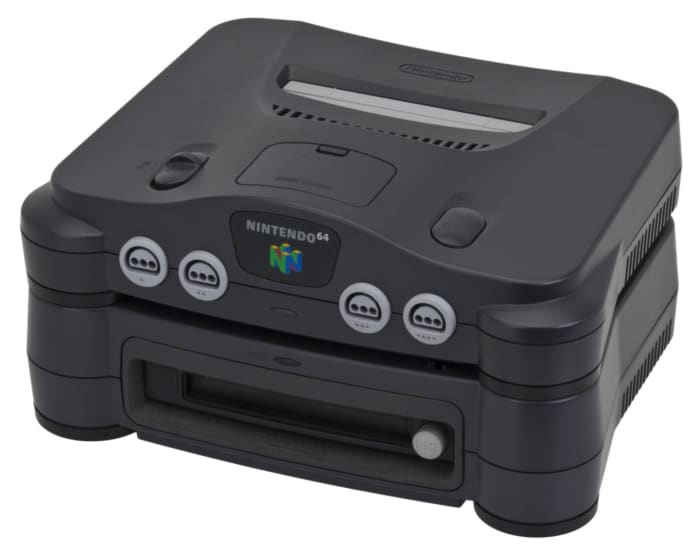
Another such failure appears later in this very list.
The 64DD was a weird one. It was a 64MB magnetic (not optical, like CDs, despite what some said at the time) disk drive add on for the N64. The idea was smart – by adding more storage and the capability to write data as well as read it, the games could be significantly enhanced. At the time of initial development, standard cartridges were 4MB, so this was sixteen times as big, and with only tiny memory cards, no consoles offered the ability to write anything larger than a basic save file. In addition, the 64DD gave fledgling internet capabilities to the N64, allowing gamers to browse the web, access message boards, and share avatars. There was even the idea that players could battle each other, though that never came to fruition.
On paper, the 64DD should have been a great success.
It was also, most definitely, going to exist. All of the major developers (as well as Nintendo themselves, of course) planned to have their games use the 64DD to expand on the basic core, either with additional levels or through some other additional content.
But it fell into a pit of delays. An initial 1997 release became a 1998 promise, that turned into a 1999 flop. With only a few thousand sold, and only in Japan, the 64DD was obsolete before it even hit the shelves, with technology that was out of date by a few years, and games that had been forced to find alternative means to release. Sadly, for some, that meant they had to come out on different consoles and for others meant cancellation.
Not only was the 64DD bad, but there’s a substantial argument that can be made that the promise of it hampered the N64 itself – after all, if developers hadn’t been sat waiting for the extra features that never came, then they’d have worked within more realistic parameters to start with. Reportedly, there was a third Zelda game to follow Ocarina of Time and Majora’s Mask that was cancelled due to waiting for the 64DD to arrive…
In a tough environment battling Sony and Sega for users, the development of the 64DD did more harm than good. By the time it was ready, the GameCube was on the horizon and the entire venture went the way of history.
3 – The Wii U
The Wii was groundbreaking. Alongside the DS, it revitalised Nintendo’s fortunes and made them a major player in the console world once more, after years of flagging fortunes.
What followed it should have been magnificent. Instead, we got the Wii U.
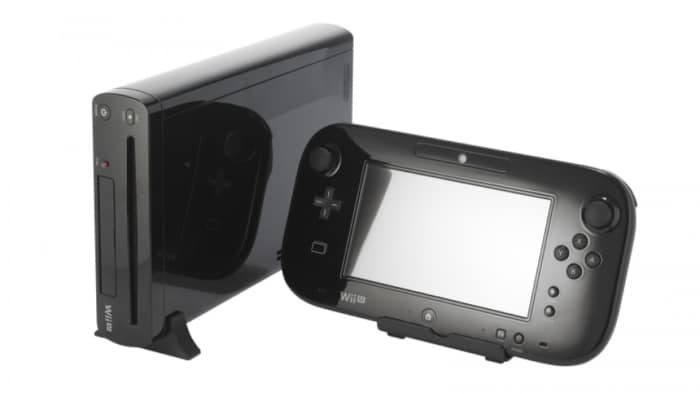
Again, on paper, there’s a lot of good stuff about the Wii U. It’s backwards compatible, which is huge considering how many people owned a Wii and the impressive volume of titles available for it. It had a new innovation in terms of having a controller with its own screen than allowed you to play both on the TV and handheld. It had some brilliant games for it, including Mario Kart 8 and a little number called Breath of the Wild… Surely, it should have been a success.
The faults here lie mainly with the marketing department because the biggest problem with the Wii U, by far, is its name.
It could have been the Wii 2. That would have capitalised on the success of the original Wii without confusing people. “Oh, this is the console that comes after the Wii,” they would have thought, “I loved the Wii, I want this new one…”
Instead, most of the public believed the Wii U was a peripheral for the original Wii, some sort of touch-screen controller that needed the other console. And, as most people didn’t see the need for such a controller, they didn’t investigate further.
To release a console and have a huge percentage of your market not even realise that’s what you have done is a colossal mistake.
And it was a new console. The first Wii wasn’t even a HD console in the days of the PS3 and Xbox 360 when HD was the buzzword of the time. The Wii U was – it fixed one of the Wii’s largest complaints, but no one knew.
For those who did know it was a new console, it simply wasn’t good enough. The GamePad didn’t quite do what it needed to – it was too heavy and unwieldy, couldn’t be taken too far away from the main unit, and sucked battery life with its less-than-brilliant touch screen. There weren’t enough games outside of Nintendo’s own titles because third-party developer support just wasn’t there and then, to cap it all, it went up against the PS4 and Xbox One – two consoles that were really wowing the world with their technical prowess.
While the PlayStation and Xbox competition didn’t hurt the original Wii too much, when combined by the marketing mismanagement of the Wii U, they provided the death knell. To think about it simply; hardcore gamers who kept their eye on the news were seduced by the superior specifications of the other machines, while those more casual gamers who didn’t care about the weaker graphics weren’t in the know enough to even really understand what the Wii U was.
Oops.
Of course, the Wii U was a stepping stone to something greater and now, ten years later, Nintendo aren’t crying too much about this particular failure – from the ashes of the Wii U came the Switch.
2 – The PlayStation
Umm, the PlayStation? Isn’t this about Nintendo..?
Ah yes, the PlayStation.
Earlier, we talked about the 64DD and mentioned how Nintendo always wanted to add extra functionality to their consoles. Imagine how seduced they were by the new CD-ROM format back in the late 1980s…
CDs had been co-developed by two companies, Philips and Sony, as the new audio format. It was a great success and very much one of the exciting technologies of the 1980s. A few years after its initial release, the two companies updated it as a data storage media for computers and the CD-ROM was born.
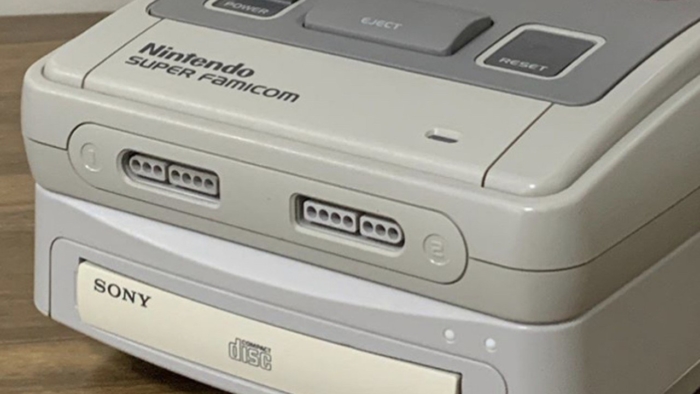
Some years later, Nintendo signed a contract with Sony to create a CD-ROM add on to their Super Famicom (SNES outside of Japan). Even early on, this add-on was dubbed the Nintendo PlayStation.
The technicalities of contracts in big business can sometimes get messy. It’s enough to say that Sony wanted a reasonable chunk of the pie and Nintendo weren’t too happy with the amount they were ceding. Luckily for Nintendo, Philips were all-too-happy to step in and help out. Why work with Sony when you could work with Philips instead? After all, Philips were looking into CD-ROM based video gaming too – they had the CDi. Everyone remembers that, right?
In one of the most catastrophic messes Nintendo could ever have achieved, they fell out with Sony and the proposed SNES Disc Drive never entered production.
Sony, however, had gained a taste for the video game market and weren’t about to put all that effort in the bin. Maybe they could create a game console of their own using the research and development. Hmm… they’d need to think of a good name.
Oops.
Double oops.
1 – Virtual Boy
The mess up with Sony that led to Nintendo’s greatest rival in the console arena, and ultimately them losing their crown, should be considered their biggest ever hardware mistake, right?
But at least the PlayStation never made anyone directly ill.
The Virtual Boy suffered on so many levels. The idea was reasonable – a headset device that used two small displays to simulate real 3D environments, but the end result was a mess.
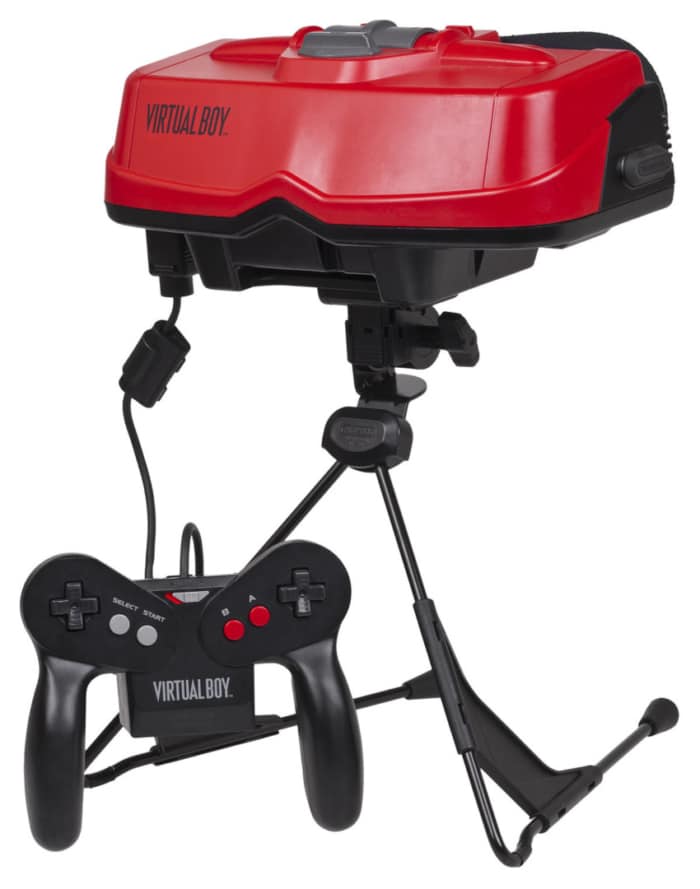
First, it was monochromatic, and red. In the mid-1990s, the idea of jumping back to monochromatic games, last seen in the early 80s, was definitely too much of a step back for most gamers. This, more than anything else, made the Virtual Boy doomed to failure. Of course, Nintendo had their reasons – cost, the difficulty of making the hardware work smoothly when in full colour, etc. – plus they had managed years of success with a monochrome display on the GameBoy, but excuses weren’t going to cut it on something that was touted as the next generation of gaming.
Second, it didn’t follow Nintendo’s ethos. This was a company known and celebrated for making fun, family-friendly entertainment. People loved Nintendo because they’d get in the room together and socialise and play. The Virtual Boy was, without doubt, the most anti-social gaming experience of all time. Put the headset on and ignore the rest of the room – they can’t even see what you are doing. Would parents want to buy such a device for their children? Would friends want to come round and share the experience? Of course not.
Third, it was expensive. Rubbish monochrome LCD screens or not, the technology in the Virtual Boy wasn’t cheap back in the mid-90s. This meant that the device cost as much as a N64 when the latter was released a year later. With limited games and limited enjoyment, this wasn’t worth full console pricing. That said, given the failure of the units, within a year, some retailers were letting them go for 25% of the list price just to get rid of them.
But most importantly, they made people sick, actually physically sick, to play on them. Similar to motion sickness, the depth perception effect of the console was enough to make those who were susceptible to such things feel nauseous. Nice.
The knock-on effect of the Virtual Boy’s failure meant that the public perception of virtual reality as a concept took a significant downturn. It really would take twenty years until the bad taste left collective mouths. Now, systems like the Oculus and Sony’s PSVR are only just making a headway into fixing that opinion. As for Nintendo, well, we’ll see – really, Labo’s VR doesn’t really make for a full experience.
The Need for Mistakes
These mistakes might have been painful for Nintendo (well, other than ROB), but mistakes are needed. Pushing the boundaries in order to try new things is imperative for innovation, and we learn more from the mistakes we make than any amount of successes. Mistake mean we can analyse and learn, trying new paths and coming up with new ideas, whereas success often does little more than force repetition – and who wants that?
Here’s to the next staggering Nintendo mess up!

